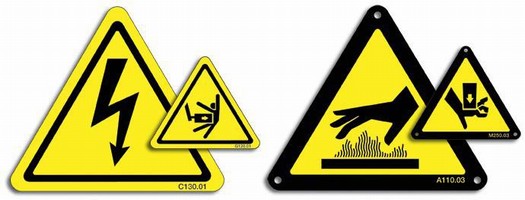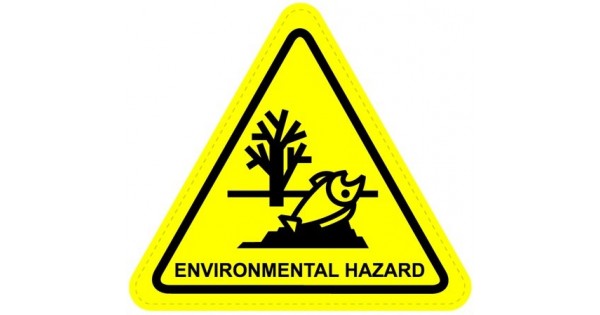Definition Of Hazard
A hazard is anything, situation, environment, or behavior that has the potential to cause injury, ill health, or damage to a person, property, or the environment.
You know what ? Anything can be a hazard depending on its current state.
For example, a vehicle at its parking state is not a hazard, but when moving, it constitutes a hazard. The same can be said about a person in his sober state; in a sober state he is no hazard, but when intoxicated with mind-altering substances, he will become a hazard to the person around him. Let’s get back to the subject matter:
Types of Hazards
There are TOP 10 different types of Hazards.
Chemical > Biological > Physical > Mechanical > Ergonomic > Fire > Electrical > Noise > Psycho Social > Environmental
1. Chemical Hazard
A chemical hazard is a type of occupational hazard caused by exposure to chemicals in the workplace. Exposure to chemicals in the workplace can cause acute or chronic detrimental health effects. Examples include Gases, dust, fumes, vapors, and liquids.

2. Biological Hazard
Biological hazards are biological substances that pose threat to the health of living organisms, primarily humans. They include pathogenic micro-organisms, viruses, toxins (from biological sources), spores, fungi, and bio-active substances.

3. Physical Hazard
A physical hazard is an agent, factor, or circumstance that can cause harm with or without contact. Examples are Slippery floors, objects in walkways, unsafe or misused machinery, excessive noise, poor lighting, fire, etc.

4. Mechanical Hazard
Mechanical Hazards are created by the powered operation of apparatus or tools. The applied power may be electrical or human.
Tools or apparatus have three locations where mechanical hazards can exist –
- The point of the operation.
- The point of power transmission.
- The area of moving parts.

5. Ergonomic hazards
Ergonomic hazards are physical conditions that may pose risk of injury to the musculoskeletal system, such as the muscles or ligaments of the lower back, tendons or nerves of the hands/wrists, or bones surrounding the knees, resulting in a musculoskeletal disorder. These include poor design of equipment, workstation design, (postural) or workflow, manual handling, repetitive movement, etc.

6. Fire Hazard
Fire is a chemical combination forn Heat, Fuel, Oxygen & Chemical Process. it’s called as “tetra-hederal”. combustibility of Class A combustible materials and Class B flammables is moderate.
Common fire-related hazards The main causes of fire in the workplace are electricity – neglect or misuse of wiring can lead to short circuits rubbish and waste material – fire is likely to spread through accumulated waste.

7. Electrical Hazard
The major hazards associated with electricity are electric shock and explosion. Electric shock occurs when the body becomes part of the electric circuit, either when an individual comes in contact with both wires of an electrical circuit.

8. Noise Hazard
Any such unwanted & exceed sound are called Noise. Everyday we encounter sounds that annoy us, that interferes with our hearing and communication, or may hazardous to our health.

9. Psychological Hazard
A psychological hazard is an occupational hazard that affects the psychological and physical well-being of workers, including their ability to participate in a work environment among other people.

10. Environmental Hazard
An environmental hazard is a substance, a state, or an event that has the potential to threaten the surrounding natural environment / or adversely affect people’s health, including pollution and natural disasters such as storms and earthquakes.

Important Note – Each Hazard and Brief Description type even their safety measures out very soon. Stay tuned
FIND HOW MANY HAZARDS ARE THERE IN GIVEN PICTURES ?
CHECK AND COMMENT BELOW WITH YOUR NAME, I WILL DISPLAY YOUR NAME IN NEXT POST.









0 Comments